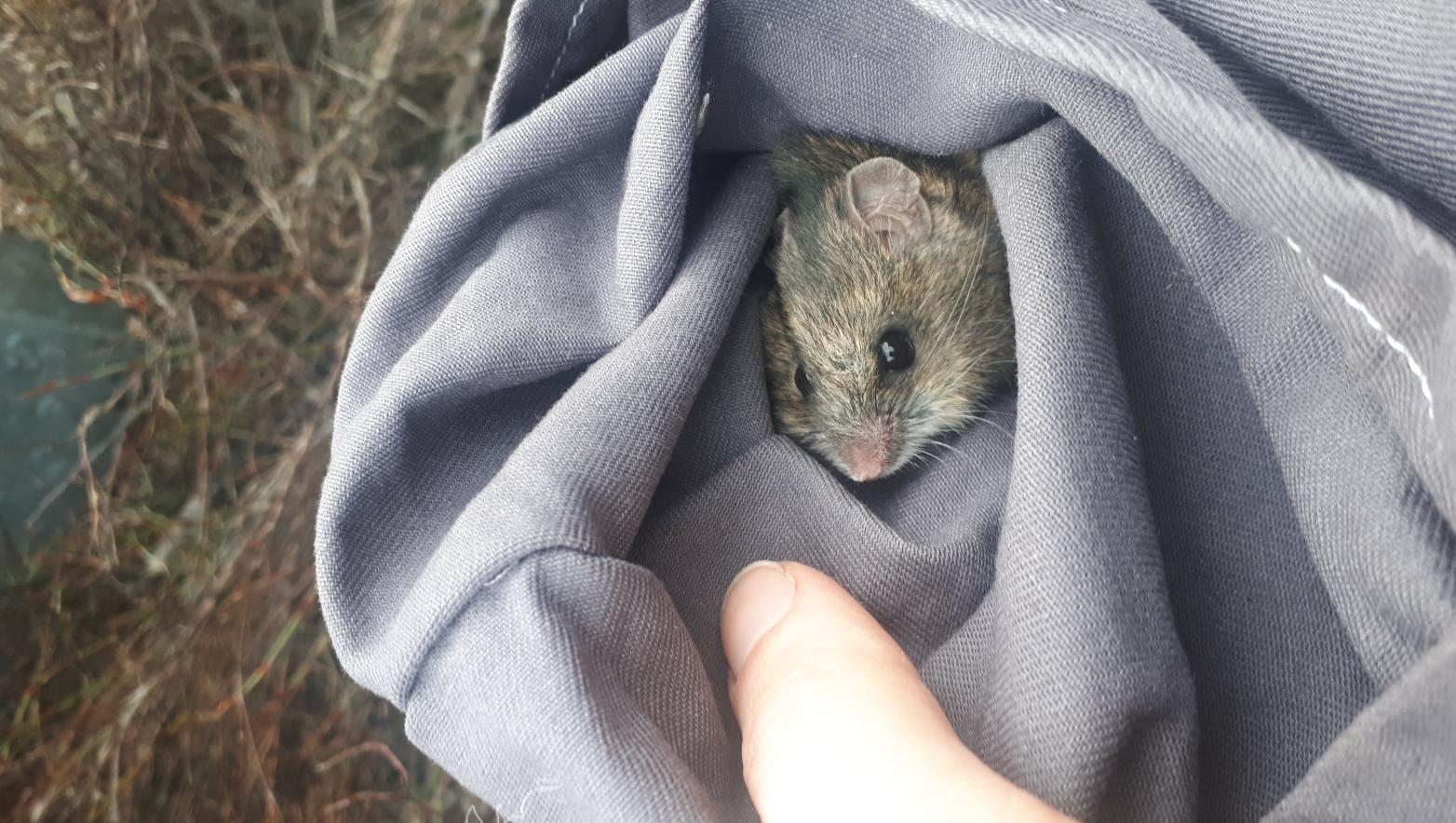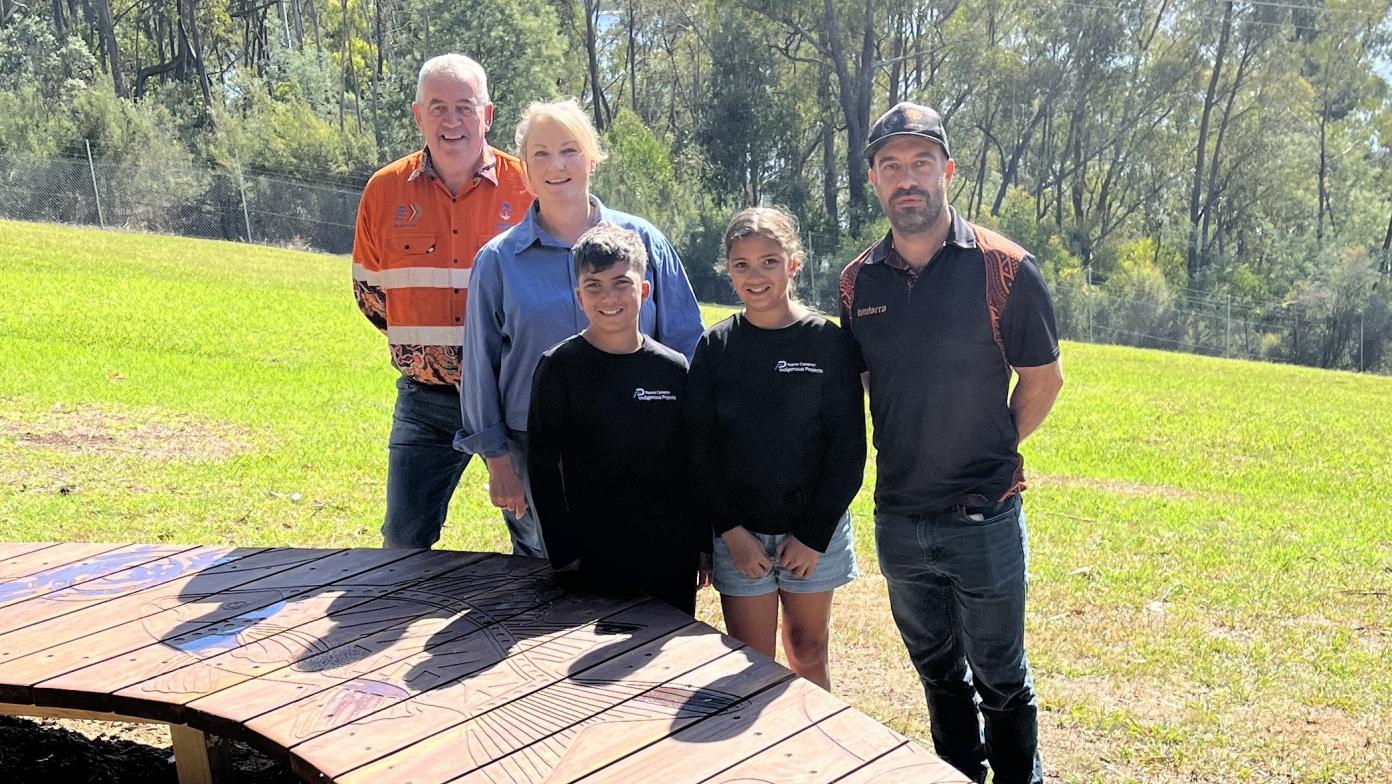Mouse matchmakers celebrate first breeding success

Sweet squeaks of success are sounding at two conservation breeding facilities in Victoria, with the first litters of endangered native Pookila pups [pronounced: poo-KEE-lah] born at Melbourne Zoo and Moonlit Sanctuary.
The births are a major milestone for the Victorian Pookila Conservation Breeding and Reintroduction Program, which began in March last year [2022] with Pookila collected from dwindling wild populations.
Zoos Victoria CEO Dr Jenny Gray said the new program created genetically diverse pairs for breeding and aims to bolster existing populations and reintroduce the endangered species to locally extinct areas.
“Zoos Victoria is committed to improving the long-term future for the Pookila,” said Dr Gray.
“These births at Melbourne Zoo and Moonlit Sanctuary are a wonderful first step in the species’ recovery in Victoria.
“We are also researching population health and developing plans to reintroduce the Pookila back to safe areas within its former range.”
At Melbourne Zoo, 14 Pookila pups have been born to three breeding pairs with more on the way, while Moonlit Sanctuary’s Small Mammal Conservation Breeding Centre, which also houses three breeding pairs, has successfully produced six pups. Moonlit Sanctuary Director and Owner, Michael Johnson, said the initial success is a strong indicator for future conservation initiatives for the species.
“Moonlit Sanctuary is thrilled to have bred Pookila for the first time, and thus help secure the species in Victoria,” said Mr Johnson.
“This is especially so given the Pookila’s close association with the Westernport region, and we hope to see them in the wild near here again soon. This breeding success shows the value of our new Small Mammal Breeding Centre.”
In the wild, the Victorian breeding season for Pookila is late spring through to early autumn.
The Pookila is considered extinct in seven of 12 known Victorian locations, with remaining populations increasingly under threat from drought, loss of genetic diversity, and predation by feral cats and foxes.
The five remaining Victorian sites believed to contain fewer than 3000 Pookila are in Gippsland, including Wilson’s Promontory National Park.
Native to south-eastern Australia, the small, burrowing rodent inhabits open heathland and coastal areas, mostly feeding on native plant seeds, leaves and fungi.
The species plays an important biodiversity role by dispersing seeds and fungal spores.
Minister for Environment Ingrid Stitt said the multi-organisational initiative also reflects an investment in preserving Victoria’s biodiversity.
“To achieve breeding success with the Victorian Pookila Conservation Breeding and Reintroduction Program is a huge step forward for the conservation of this species,” said Minister Stitt.
“We are committed to protecting native species – big and small – to safeguard our State’s precious biodiversity.”
Pookila can be distinguished from the house mouse by their bicoloured tail, large eyes, soft thick fur, and a lack of ‘mousey’ odour.
The name Pookila is derived from a Ngarigo word for ‘mouse’ – bugila – and was adopted by the Federal Government in 1995 as an Indigenous name for the species formerly known as the New Holland Mouse.
The Pookila Conservation Breeding and Reintroduction Program is a collaboration between the Victorian Department of Energy, Environments and Climate Action, Gippsland Water, Moonlit Sanctuary, Parks Victoria, the Australasian Zoo and Aquarium Association, Zoos Victoria and members of the national Pookila Recovery Team.


